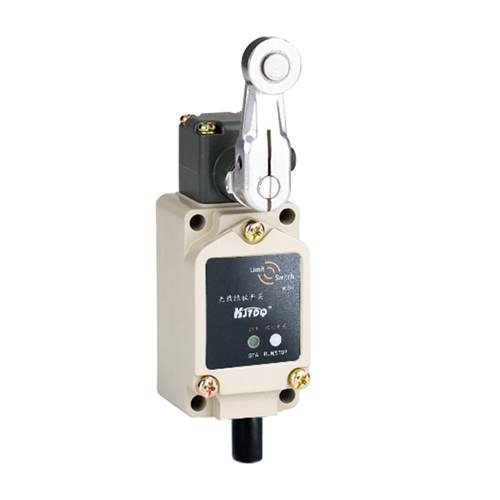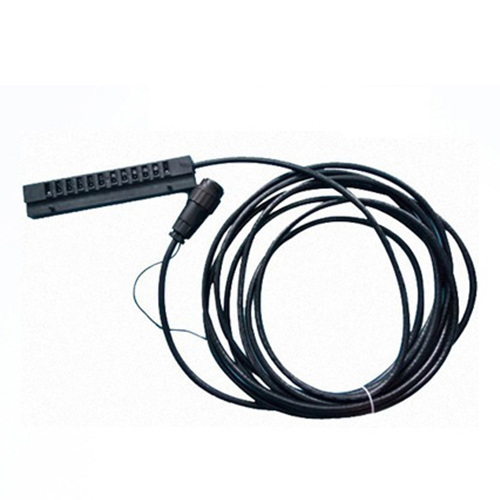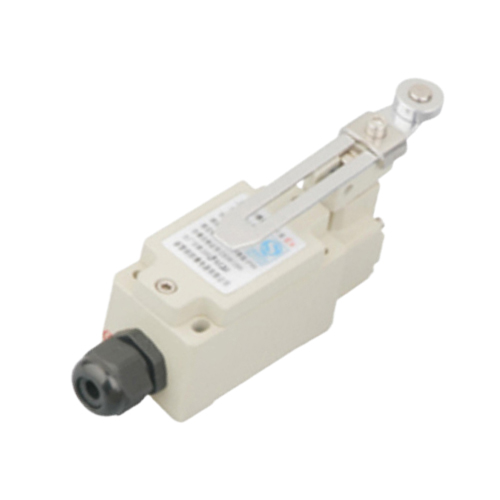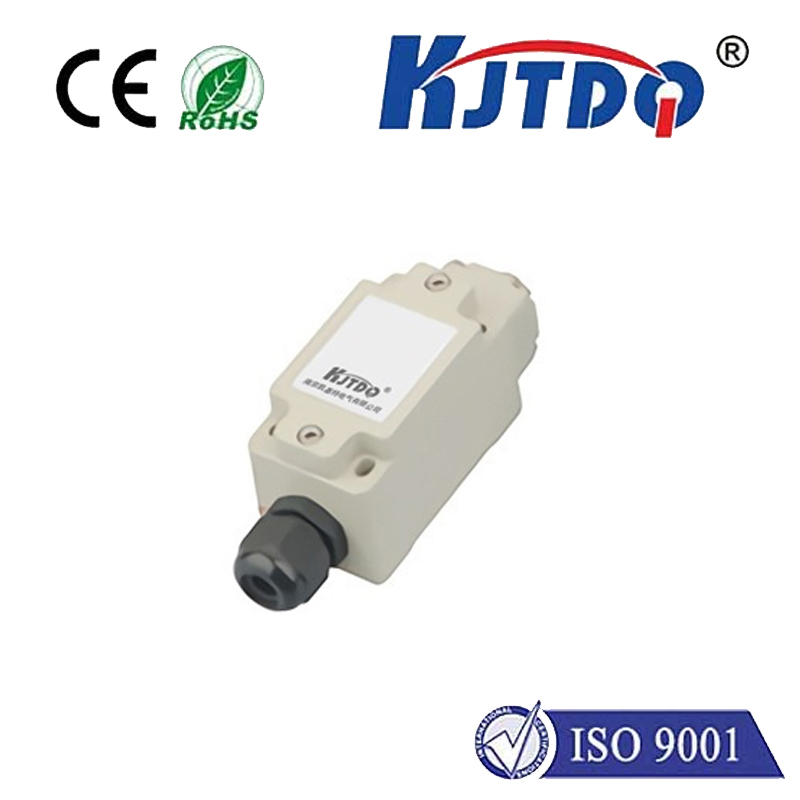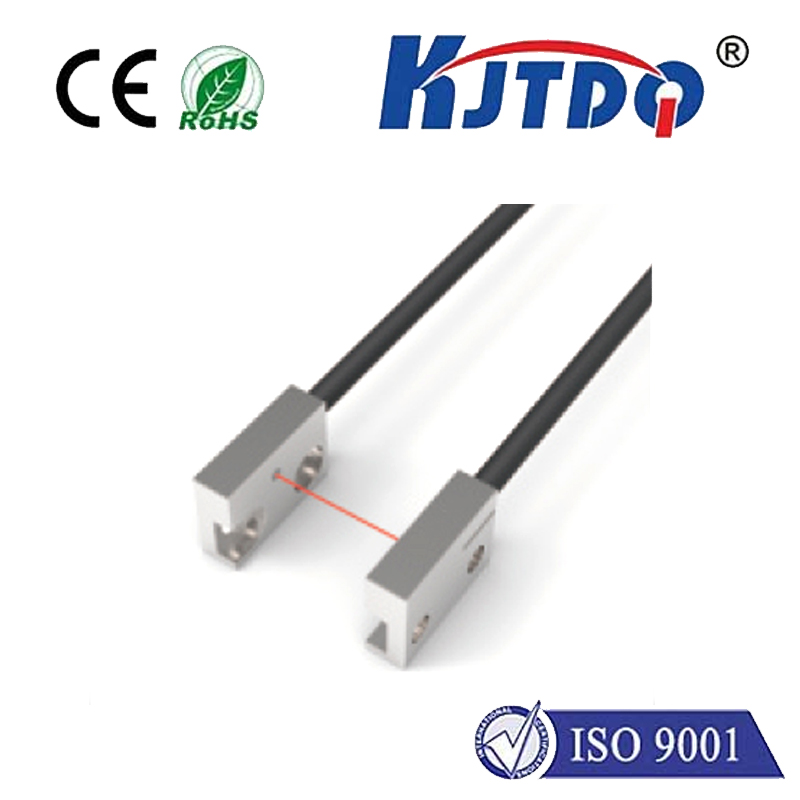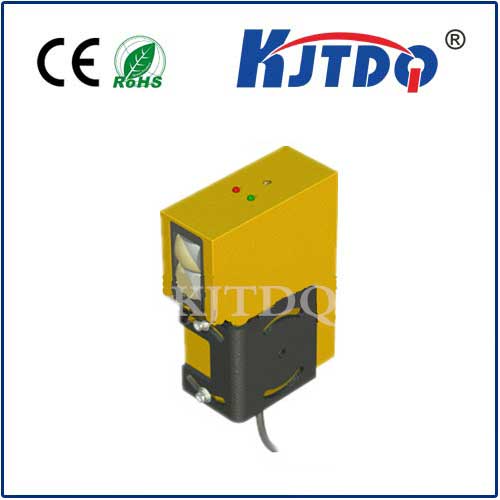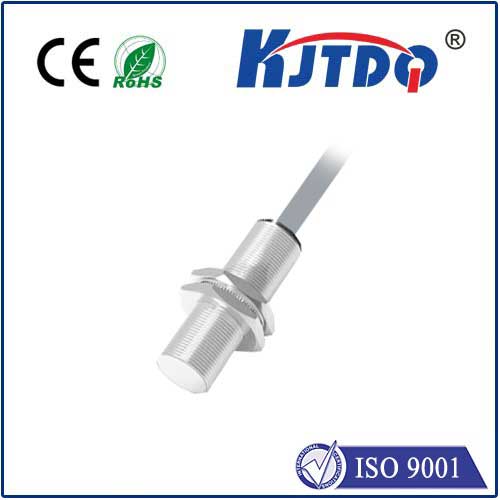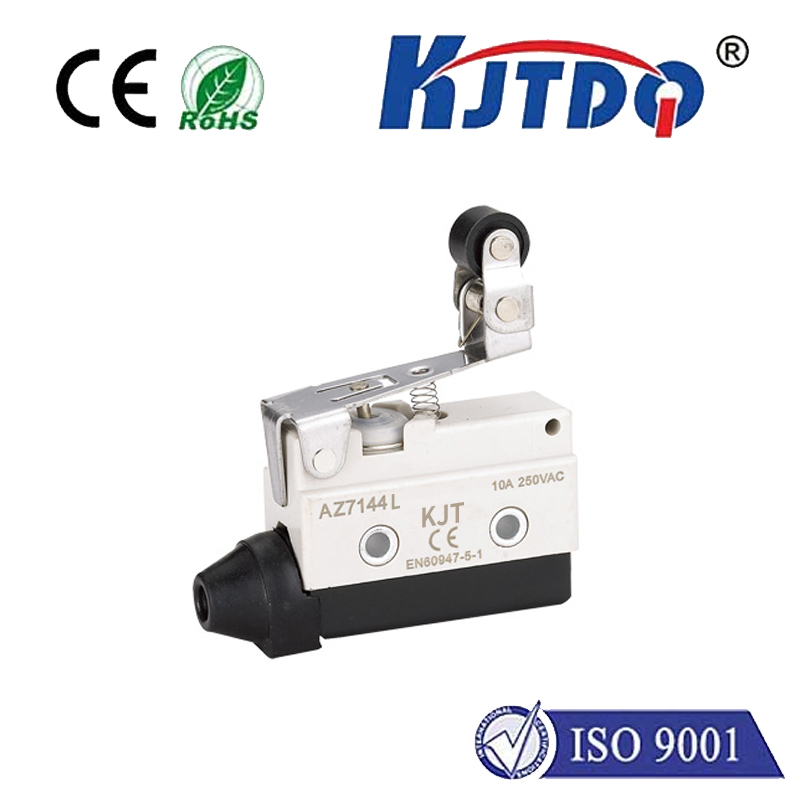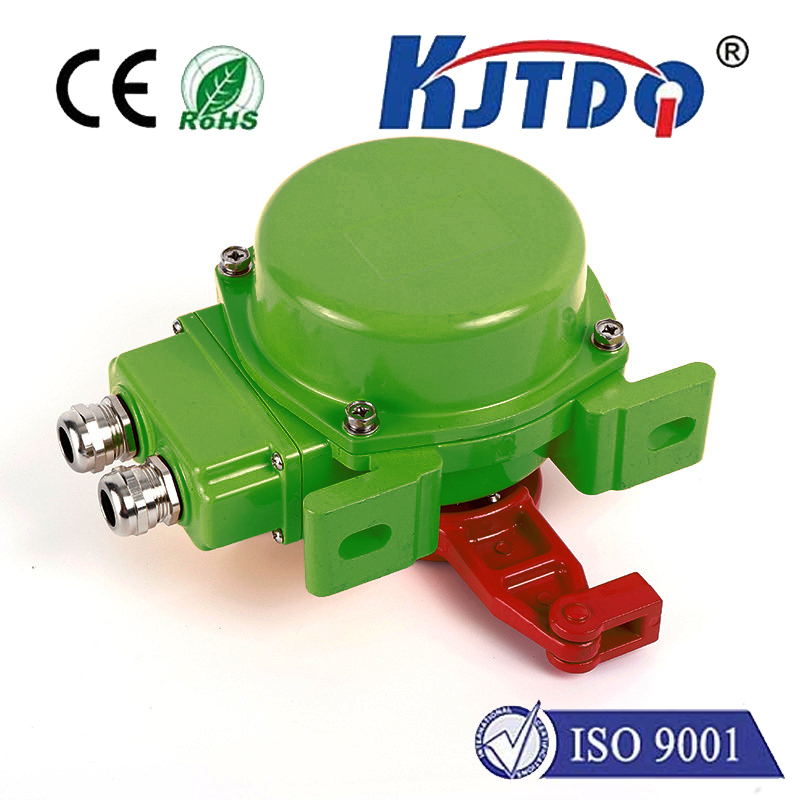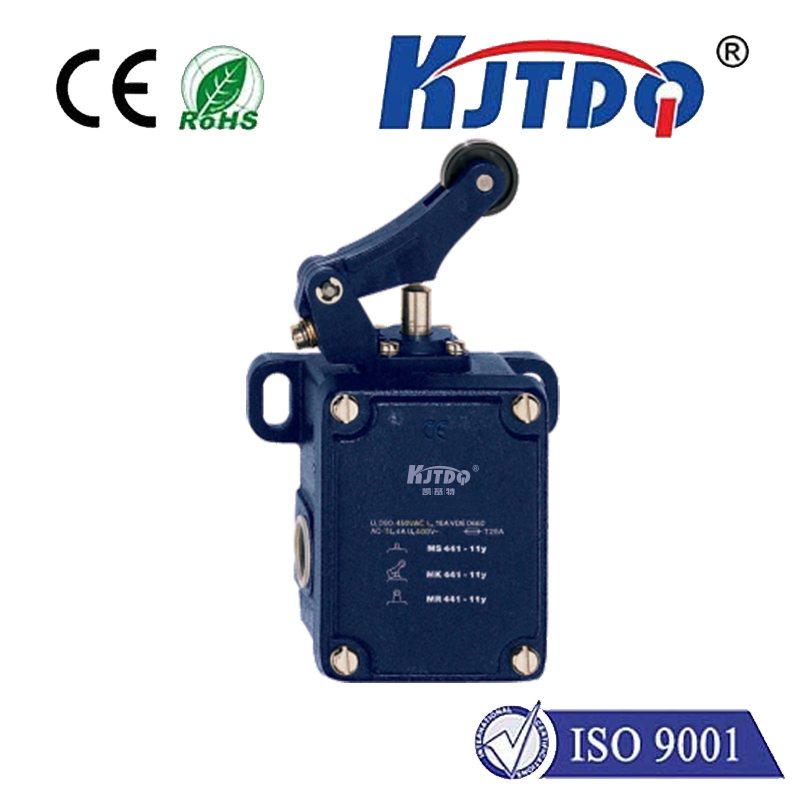BES026Y proximity sensor
- time:2025-10-14 01:40:47
- Click:0
BES026Y Proximity Sensor: The Unseen Guardian of Industrial Automation
In the intricate dance of modern manufacturing and machinery, countless silent sentinels work tirelessly to ensure precision, safety, and efficiency. Among these crucial components, the humble proximity sensor plays an utterly indispensable role. Specifically, sensors like the BES026Y Proximity Sensor represent the reliable backbone of automated detection systems, capable of detecting the presence or absence of metal objects without any physical contact. Understanding its function and capabilities is key to appreciating how industries achieve seamless operation.
What Exactly is a BES026Y Proximity Sensor?
At its core, the BES026Y is an inductive proximity sensor. This designation reveals its fundamental principle: it generates an electromagnetic field and detects changes induced when a ferrous or non-ferrous metallic target enters this field. The “BES026Y” identifier typically signifies a specific model or series within a manufacturer’s lineup, though the underlying technology remains consistent across such model codes. These sensors are renowned for their robustness, longevity, reliability in harsh industrial settings, and their non-contact operation, which eliminates mechanical wear and tear.
How Does the BES026Y Proximity Sensor Function?
The magic lies in its straightforward yet effective mechanism:

- Field Generation: An internal oscillator circuit within the BES026Y sensor generates a high-frequency electromagnetic field emanating from its active face.
- Target Interaction: When a metallic object moves into this field, eddy currents are induced on the surface of the target.
- Field Dampening: These eddy currents draw energy from the sensor’s oscillator, effectively dampening the amplitude of the electromagnetic field.
- Signal Processing: An internal circuit within the proximity switch continuously monitors the oscillator’s amplitude. When the dampening reaches a pre-defined threshold (indicating the target is within the sensing range), the circuit triggers.
- Output Change: The sensor’s output state changes – typically switching a solid-state transistor (PNP or NPN) from OFF to ON, or vice-versa. This electrical output is the signal used by the control system (like a PLC) to know an object is present.
Key Specifications and Features Defining the BES026Y
While exact specifications depend on the manufacturer and specific variant, a BES026Y proximity sensor typically offers:
- Sensing Range: A defined nominal sensing distance (e.g., 2mm, 4mm, 8mm) for specific metal types (usually defined for mild steel). Remember, the effective sensing distance can vary slightly depending on the target material’s size, shape, and composition.
- Output Type: Commonly features a 3-wire DC configuration, either PNP (sourcing) or NPN (sinking) transistor output. Some variants might offer normally open (NO) or normally closed (NC) switching logic. The BES026Y sensor reliably provides the correct digital signal to your control system.
- Housing Material: Often constructed from rugged nickel-plated brass or high-grade stainless steel, ensuring excellent resistance to impacts, vibrations, and common industrial chemicals – a hallmark of robust proximity sensors.
- Protection Rating: Typically boasts high ingress protection ratings like IP67 or IP68, meaning it’s dust-tight and protected against immersion in water (depth and time vary by rating), making it suitable for washdown environments or outdoor applications.
- Electrical Ratings: Designed for specific voltage ranges (e.g., 10-30V DC) and capable of switching certain current loads.
- Temperature Range: Built to operate reliably within a wide industrial temperature spectrum, often from -25°C to +70°C or beyond.
Where is the BES026Y Proximity Sensor Used? Its Vital Roles
The BES026Y proximity switch finds application in virtually every sector involving automated machinery:
- Position Verification: Confirming parts are correctly seated in fixtures, jigs, or pallets before machining or assembly begins.
- End-of-Travel Detection: Signaling when a cylinder (pneumatic/hydraulic) has fully extended or retracted. This is critical for sequence control and safety.
- Object Counting: Accurately counting products, bottles, cans, or components moving on a conveyor line.
- Speed Monitoring: Detecting the teeth of gears or the passing of tabs on a rotating shaft to monitor rotational speed.
- Presence/Absence Checking: Ensuring components are present in assembly stations, detecting broken tools, or verifying bin levels (for metal bins). The BES026Y sensor excels as a reliable presence detector.
- Machine Safety: Contributing to safety interlock systems, such as confirming guards are closed before machine start-up.
- Automated Production Lines: Ubiquitous throughout automotive manufacturing, packaging machinery, material handling systems, and CNC equipment for feedback and control. It’s the workhorse of position feedback.
Benefits of Choosing an Inductive Proximity Sensor like the BES026Y
Opting for the BES026Y proximity sensor offers significant advantages:
- Non-Contact Operation: Eliminates mechanical wear, ensuring a long product lifecycle and minimal maintenance.
- High Reliability & Repeatability: Delivers highly accurate and consistent detection, cycle after cycle. Precision is guaranteed.
- Rugged Construction: Withstands harsh industrial environments – dirt, dust, oil, coolants, and vibrations pose little challenge. The IP67/IP68 protection is key here.
- Fast Switching Speeds: Capable of detecting objects moving at high speeds, suitable for demanding applications.
- Insensitivity to Surface Conditions: Unlike optical sensors, they are unaffected by target surface color, transparency, or ambient light conditions.
- Simple Installation and Integration: Usually require only basic mounting and straightforward wiring to the controller.
Installation and Maintenance Best Practices
To maximize the performance and lifespan of your BES026Y sensor:
- Mounting: Ensure the sensor is securely mounted and correctly aligned with the target path. Avoid mounting brackets or surrounding metal (the “flush-mount” zone) that could interfere with the electromagnetic field unless the sensor is specifically designed as “flush-mountable”.
- Sensing Distance: Always respect the nominal sensing distance. Account for factors affecting sensing range (temperature, target metal type) and allow a safety margin. Consistency requires correct positioning.
- Electrical Connections: Follow the manufacturer’s wiring diagram precisely for the PNP/NPN and NO/NC configuration. Ensure correct polarity and voltage supply. Protect cables from abrasion and strain.
- Environment: While rugged, avoid direct high-pressure water jets unless the specific IP68 rating guarantees protection against it. Keep excessive metal filings or conductive dust away from the sensing face where possible.
- Maintenance: Primarily involves periodic visual inspection for physical damage and cleaning of the sensing face from heavy grime build-up, which can marginally reduce range.
Inductive Sensing: The Cornerstone Technology
The BES026Y proximity sensor embodies the core strengths of inductive proximity technology – robustness, contactless detection, and unwavering reliability in detecting metal objects. It stands as a fundamental building block in automation control systems, providing the essential feedback needed for precise motion control, safety interlocks, and process verification. Understanding its operation, capabilities, and proper implementation is crucial for engineers, technicians, and anyone involved in designing, maintaining, or operating industrial machinery. Wherever metal moves and precision matters, sensors like the BES026Y are likely working unseen in the background, ensuring everything runs smoothly and safely.






